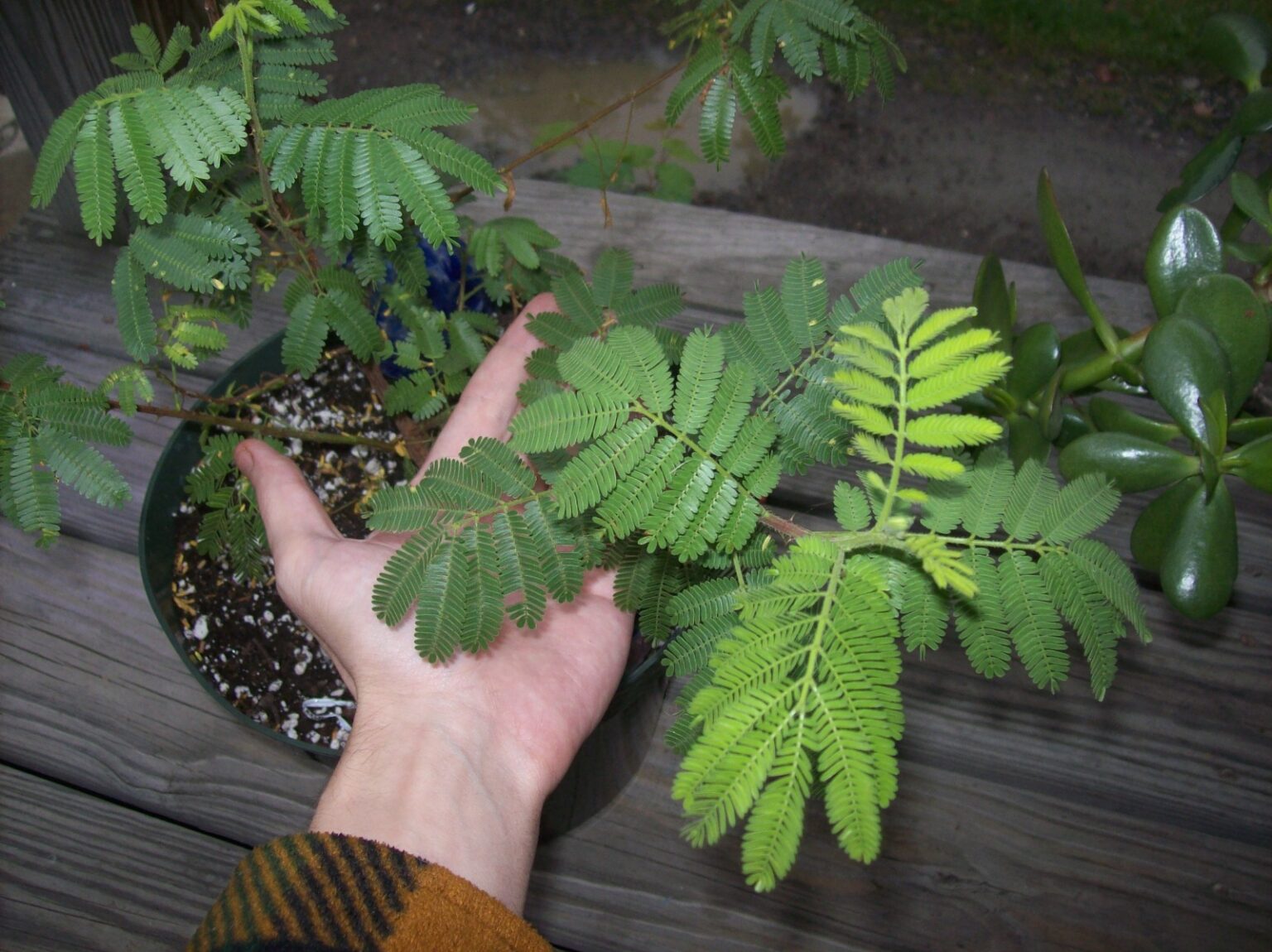Mimosa Hostilis, also known as Mimosa Tenuiflora or Tepezcohuite in Mexico, is an extraordinary natural resource with centuries of use in regions of South and Central America. From its ancient applications by indigenous communities to its continued use today, Mimosa Hostilis stands out for its impressive versatility and benefits.
This guide explores the unique benefits of this root bark and explains why it has earned a global reputation while maintaining its traditional value.
What is Mimosa Hostilis?
Mimosa Hostilis, a tree native to South and Central America, is renowned for the extraordinary properties of its root bark. For generations, communities have relied on its benefits, particularly in the fields of skin care and dye production.
The bark is rich in tannins and other compounds that make it a powerful natural ingredient for various purposes. Whether you’re looking for a natural way to improve your skin, create vibrant natural dyes, or explore sustainable crafting materials, Mimosa Hostilis root bark has something to offer.
The Skin-Rejuvenating Properties of Mimosa Hostilis
One of the most well-known benefits of Mimosa Hostilis root bark (MHRB) is its incredible ability to promote skin health. The bark is loaded with antioxidants, tannins, and flavonoids, making it particularly effective in promoting skin recovery and improving overall skin appearance.
- Skin Condition Relief
Mimosa Hostilis root bark is often used to address various skin conditions. For years, it has been applied to burns, acne scars, and other forms of skin damage. The bark’s natural compounds can support skin renewal, reduce inflammation, and promote healing.
- Anti-Aging Properties
The antioxidants present in MHRB work to fight free radicals, which can otherwise damage your skin and accelerate signs of aging. Regular application can help maintain youthful, radiant skin.
- Natural Hydration
Mimosa Hostilis helps the skin retain moisture, offering deep hydration without the need for synthetic chemicals found in many skincare products.
How to Incorporate It Into Your Skin Care Routine
MHRB is often used as an ingredient in natural skincare products like soaps, masks, and tinctures. You can also create homemade extracts or powders to take full advantage of its properties.
Mimosa Hostilis as a Natural Dye
Another key use for Mimosa Hostilis is in the creation of natural dyes. Whether used for fabric, leather, or even artistic projects, the tannins in the root bark produce vibrant, long-lasting colors such as deep purples and browns.
Why Choose Mimosa Hostilis for Dyeing?
Unlike synthetic dyes, Mimosa Hostilis is environmentally friendly and derived solely from nature. Its high tannin content ensures strong and robust pigmentation, making it ideal for projects requiring consistent, rich coloring.
Sustainability and Ethical Sourcing of Mimosa Hostilis
With increasing global awareness for environmentally sustainable practices, the harvesting of Mimosa Hostilis root bark fits perfectly into this narrative. When sourced responsibly, its production can support local communities and ensure that the natural ecosystem remains undisturbed.
- Sustainable Harvesting
Mimosa Hostilis trees are harvested in a way that ensures long-term sustainability. For instance, only specific parts of the root bark are collected, allowing the tree to regenerate naturally.
- Fair Trade Practices
Many suppliers have strong relationships with local farmers, ensuring they receive fair compensation while maintaining sustainable farming practices. This not only supports the environment but also uplifts communities in Brazil, where the tree primarily grows.
The Many Uses of Mimosa Hostilis in Everyday Life
- Beauty and Skin Care
Beyond face masks and soaps, many beauty enthusiasts use Mimosa Hostilis extracts in their hair care routines, as it helps to strengthen and condition the hair.
- Traditional Healing
Historically, Mimosa Hostilis has been used as part of traditional medicine throughout indigenous cultures for its health-promoting properties, especially for external skin applications.
- Sustainable Crafts
For those in creative fields, MHRB offers a high-quality option for natural dyes, helping reduce reliance on synthetic, environmentally harmful alternatives.
Why Mimosa Hostilis is Worth Trying
Mimosa Hostilis is more than just a root bark; it’s a sustainable, versatile solution that has something to offer everyone. Whether you’re looking to improve your skin, add vibrancy to your crafts, or support eco-native economic systems, Mimosa Hostilis is a powerful, natural choice with lasting impact.
With its long history, extensive benefits, and commitment to sustainability, this humble root bark proves that nature often holds the best solutions.

















